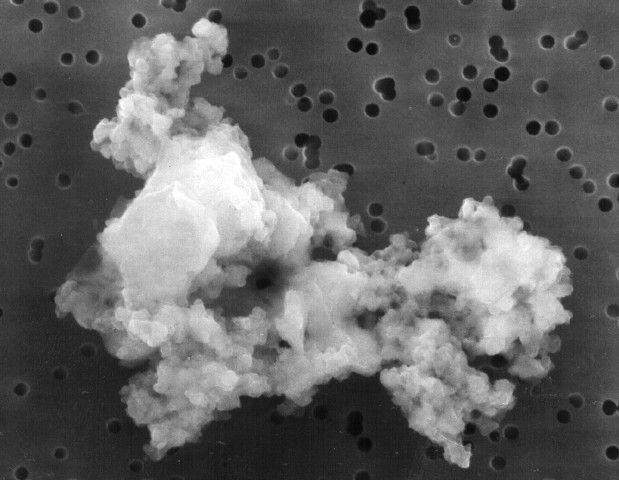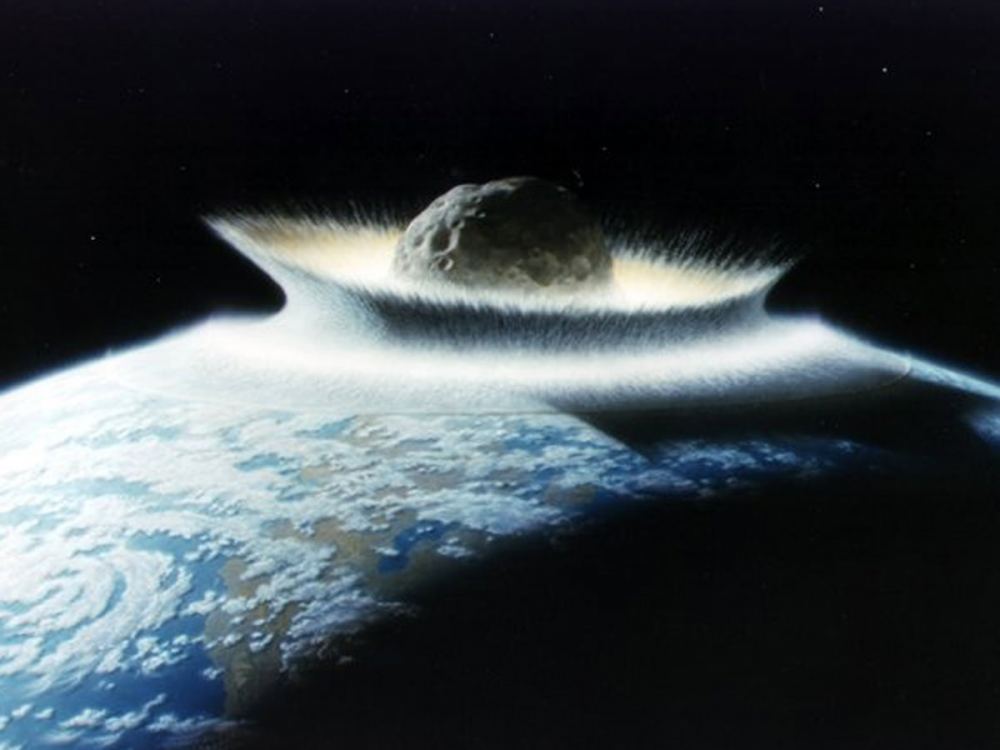When it comes to looking for extraterrestrial life “out there” astronomers scan distant planets. They also look for technosignatures at alien worlds. What if the answer they seek is dust blowing on the interstellar winds?
That’s the idea behind a proposal to look for direct or indirect signs of life on dust and other debris from collisions like asteroid impacts. Professor Tomonori Totana from the University of Tokyo’s Department of Astronomy came up with the idea.“ I propose we study well-preserved grains ejected from other worlds for potential signs of life,” he said. “The search for life outside our solar system typically means a search for signs of communication, which would indicate intelligent life but precludes any pre-technological life. Or the search is for atmospheric signatures that might hint at life, but without direct confirmation, there could always be an explanation that does not require life. However, if there are signs of life in dust grains, not only could we be certain, but we could also find out soon.”
Using Collision Debris to Look for Life
Searching for signs of life in space dust sounds like a futuristic science-fiction scenario, but the idea is pretty basic. In a massive collision, the impact generates a lot of debris. Consider the asteroid that created the Chixculub crater in Mexico some 65 million years ago. That asteroid hit a life-bearing planet and flung millions of tons of debris out from the site. Much of it landed back on Earth, but some may well have made its way to space. So, there’s a good chance that it had the remains of life on it. Or, those debris pieces could contain fossils from earlier epochs of Earth’s history. They wouldn’t even have to be big chunks of rock. Pieces as small as a micron across could have carried even one-celled organisms to space.

So, imagine the same thing happening at a host planet around some other star. If pieces of debris get ejected fast enough, they could travel throughout space, pushed by interstellar winds or shock fronts. They would carry the dust from its system to ours, according to Totani. “My paper explores this idea using available data on the different aspects of this scenario,” he said.
“The distances and times involved can be vast, and both reduce the chance any ejecta containing life signs from another world could even reach us. Add to that the number of phenomena in space that can destroy small objects due to heat or radiation, and the chances get even lower. Despite that, I calculate around 100,000 such grains could be landing on Earth every year. Given there are many unknowns involved, this estimate could be too high or too low, but the means to explore it already exist so it seems like a worthwhile pursuit.”
Hunting for Alien Dust on Earth
Earth is bombarded with tons of space dust. By some estimates, upwards of 40,000 tons of this cosmic “stuff” rains down on the planet each year. A lot of it comes from within the solar system, but some of it could be from extra-solar-system sources.
The best places to look for this space dust are in Antarctica and on the seafloor. Scientists in Antarctica collected dust samples that fell from space onto the snowfields there. They ran simulations to figure out where the dust originated. It turned out to be mostly from Jupiter family comets and some from the main Asteroid Belt. They also pointed out that a smaller portion of them could have interstellar origins.
The next steps will be to collect the space dust—not just from Earth, but also using aerogels in space to capture samples all around us. Then, determine its origin, and finally, to check for traces of life on the distant world where the dust originated.
For More Information
Solid grains ejected from terrestrial exoplanets as a probe of the abundance of life in the Milky Way
Antarctic Study Shows How Much Space Dust Hits Earth Every Year

